Stakeholder Analysis for Holiday Inc. Airline System
VerifiedAdded on 2023/06/04
|6
|640
|171
AI Summary
This article provides a detailed analysis of the stakeholders involved in the Holiday Inc. Airline System. It explains the importance of internal and external stakeholders and their impact on the organization. The article also includes a stakeholders map and matrix for better understanding.
Contribute Materials
Your contribution can guide someone’s learning journey. Share your
documents today.
1 out of 6
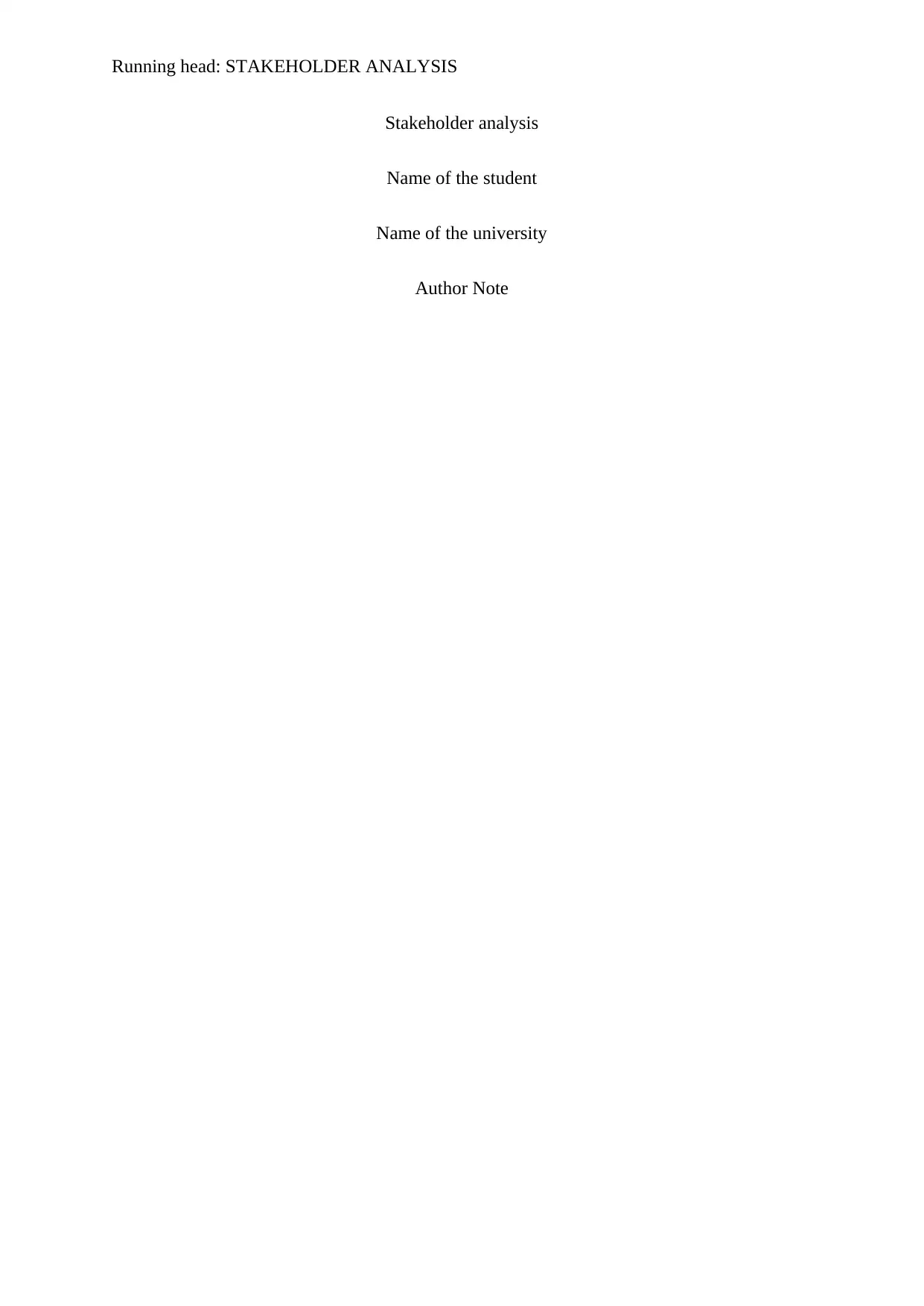
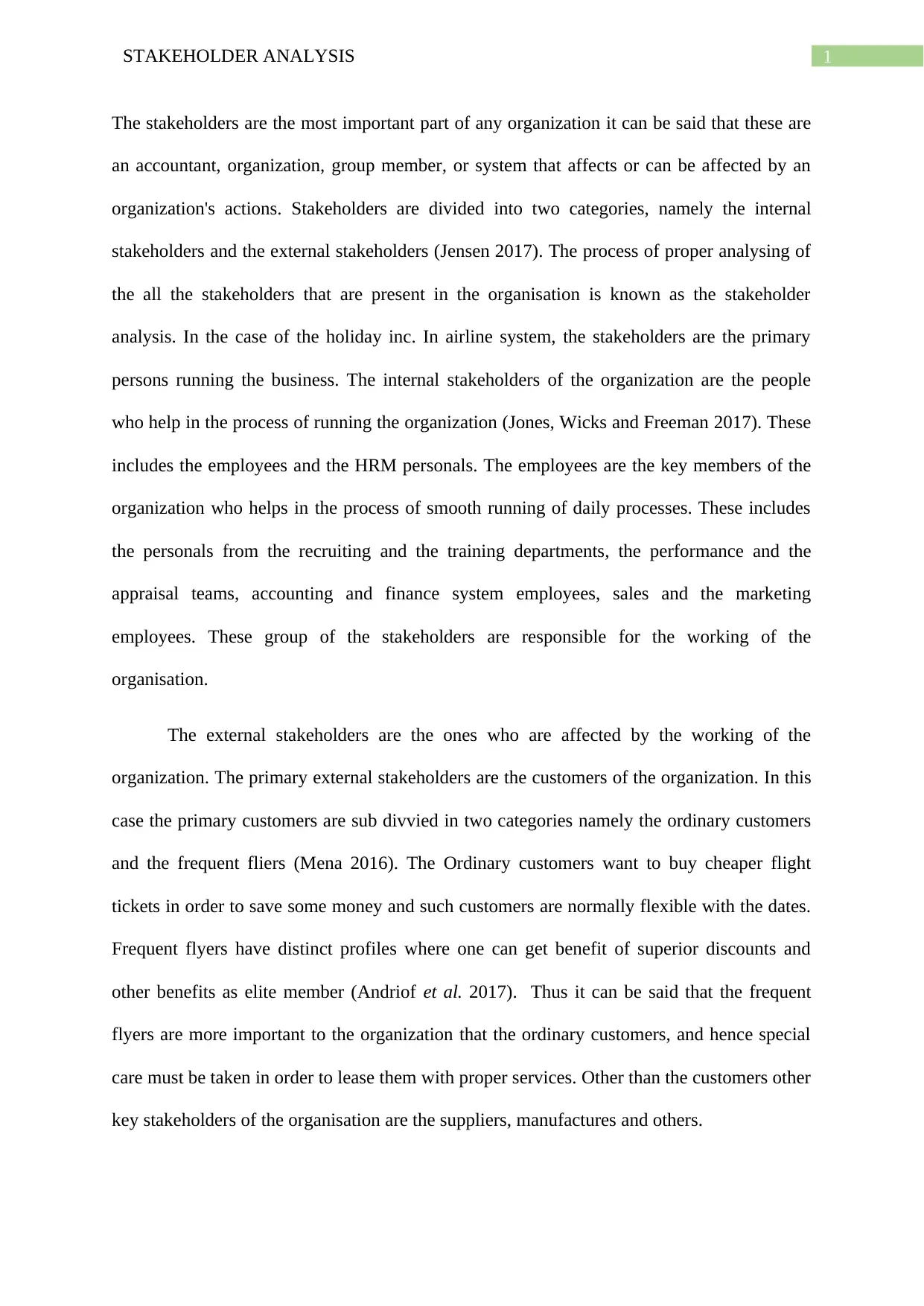
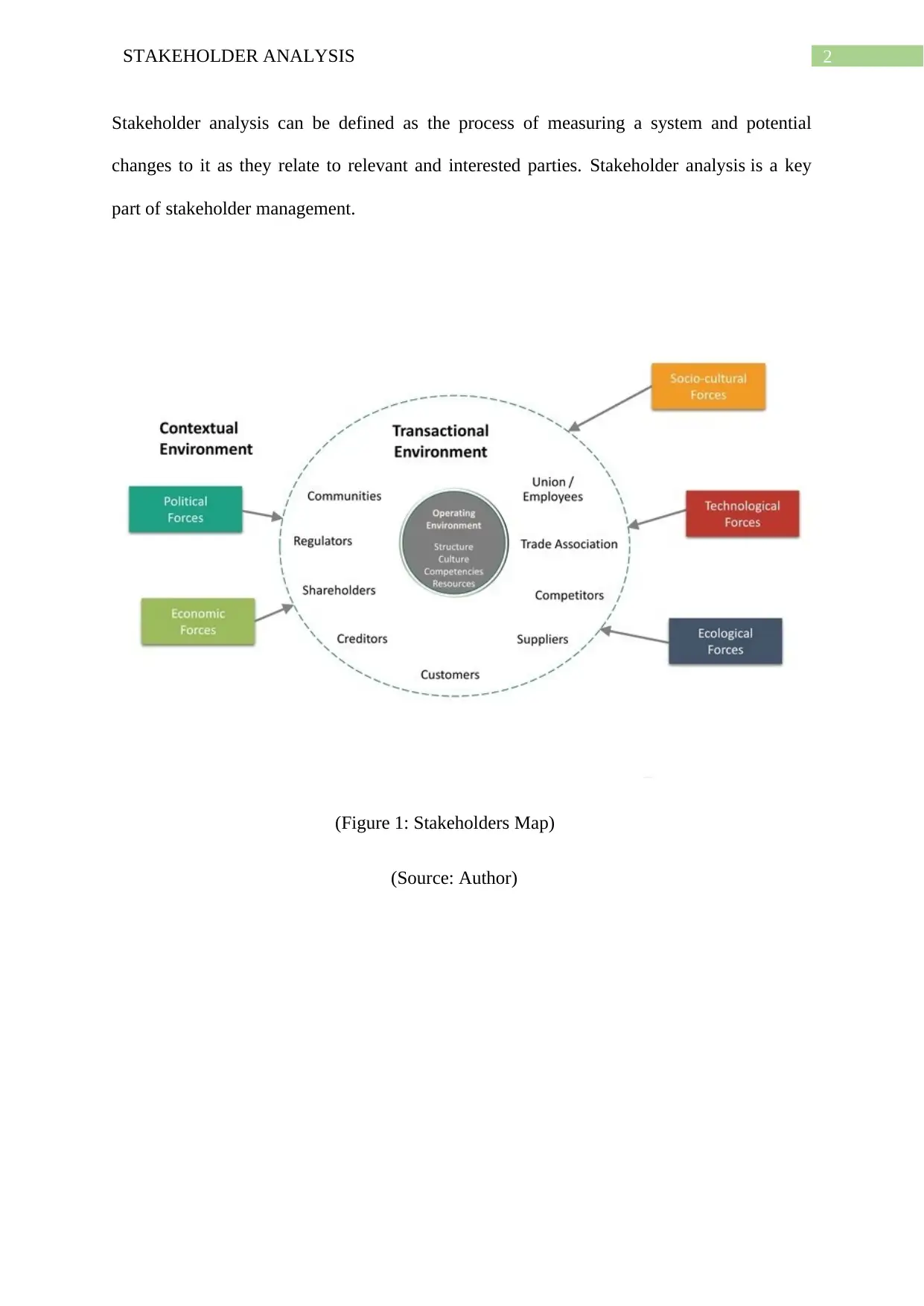
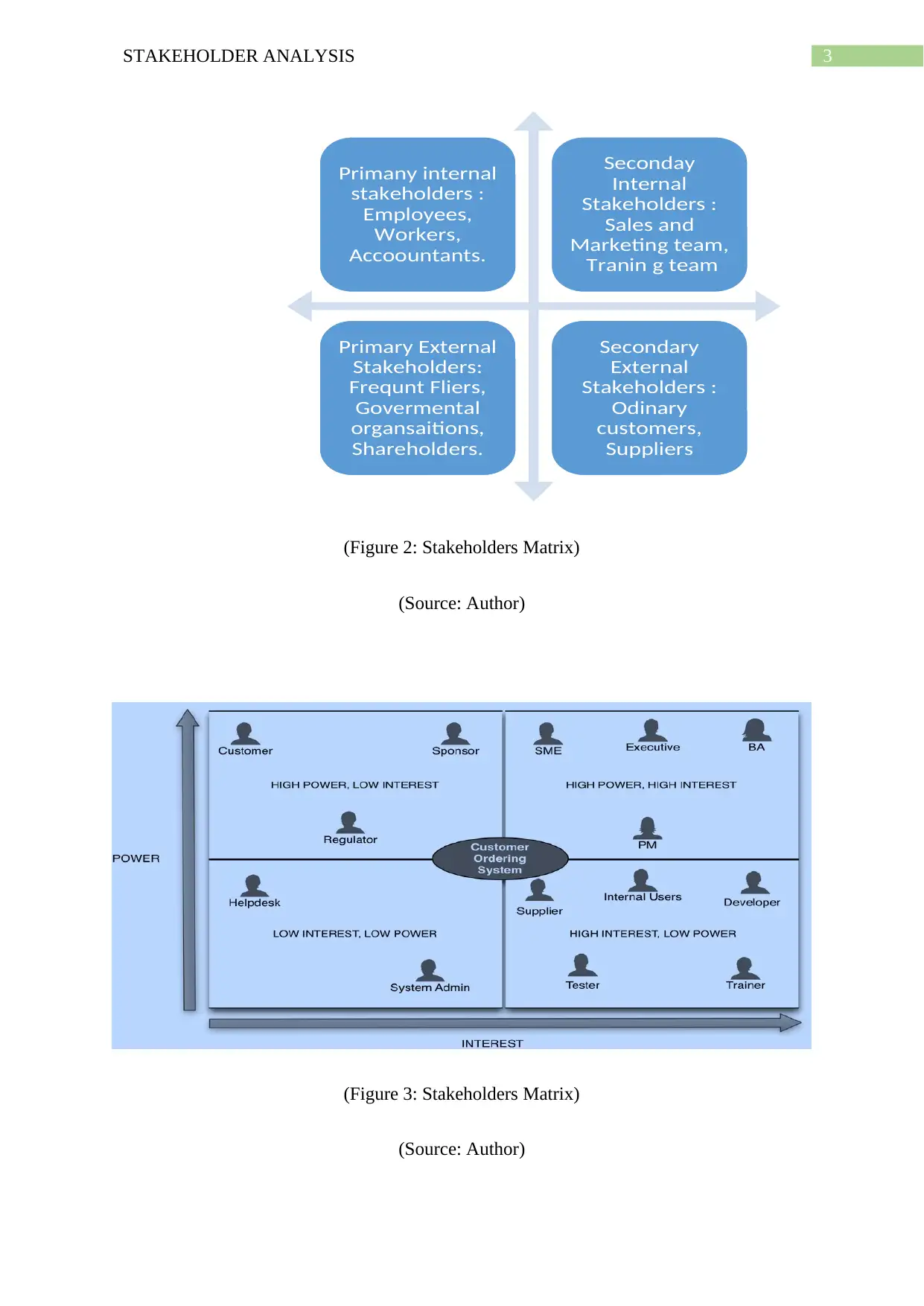
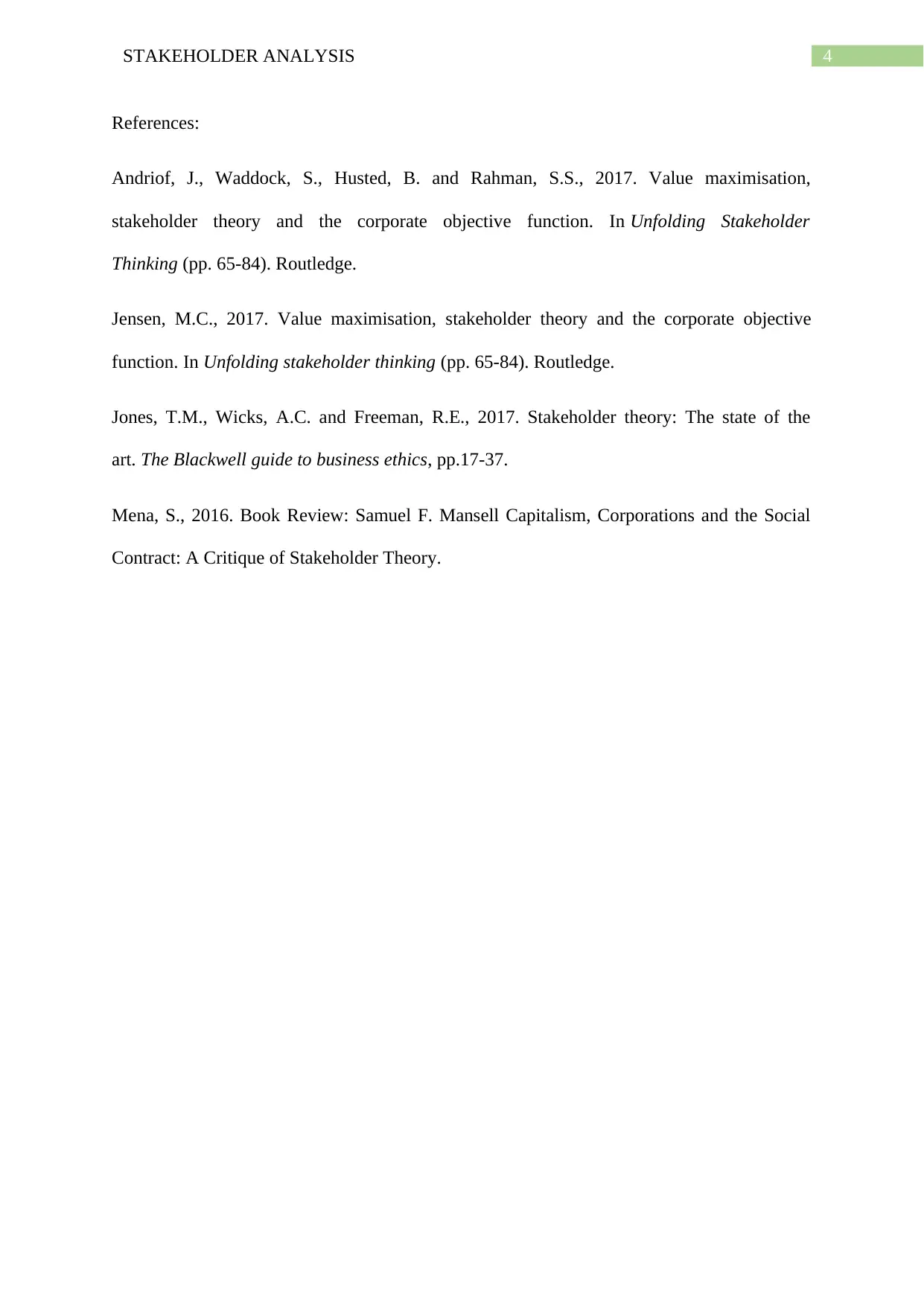
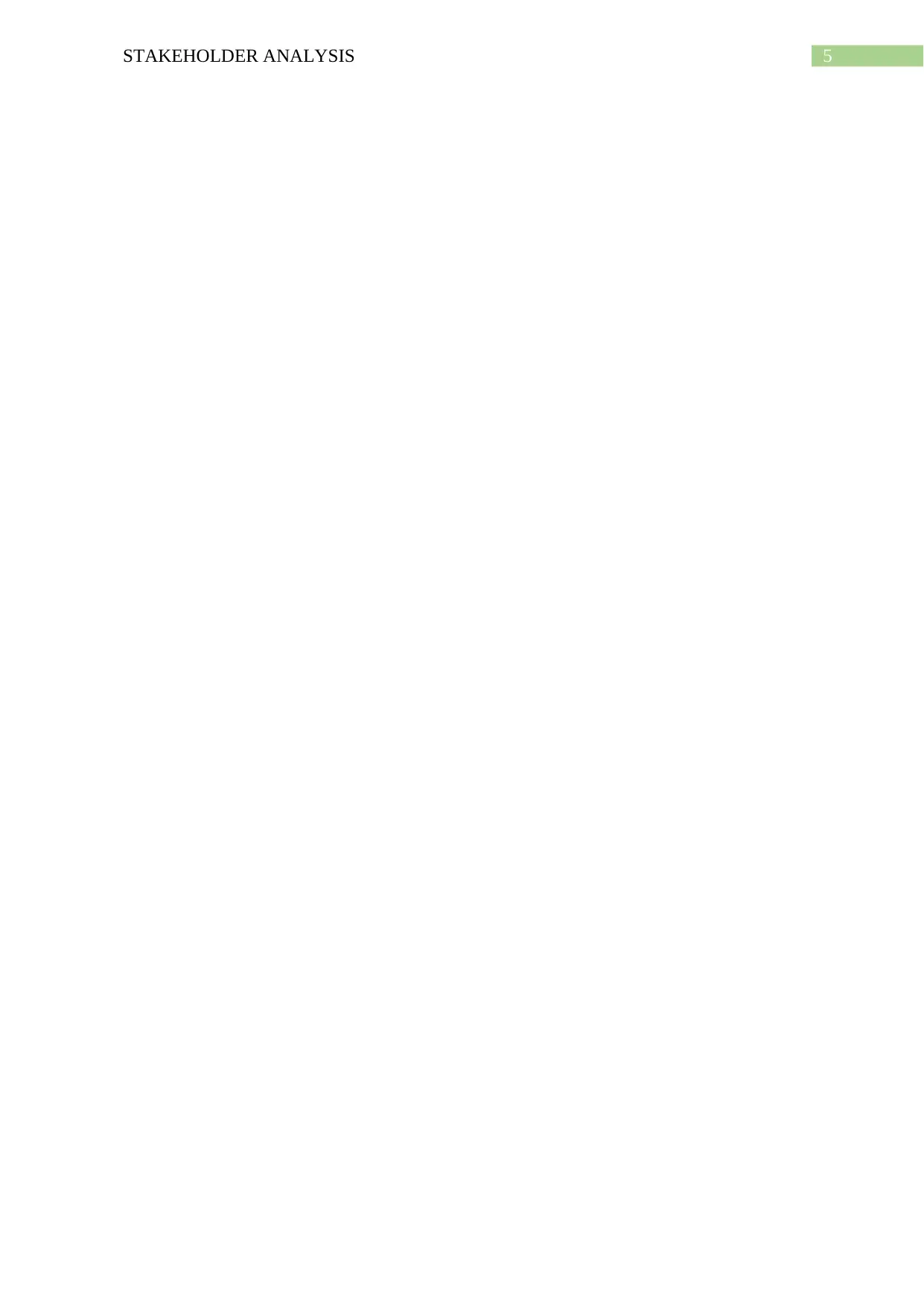



![[object Object]](/_next/static/media/star-bottom.7253800d.svg)